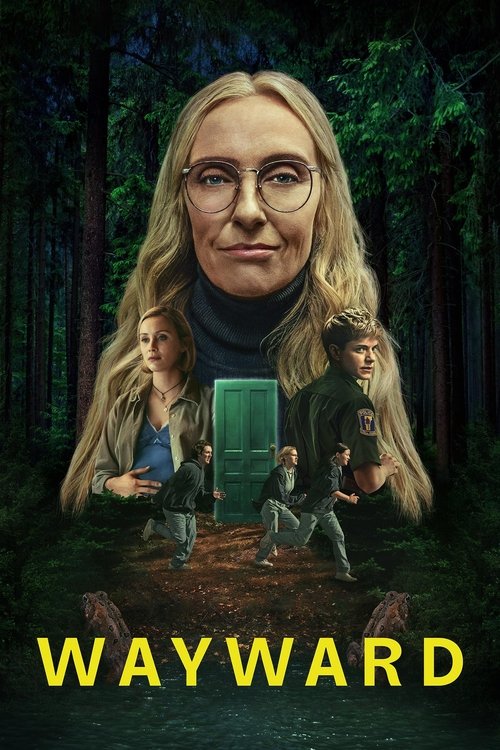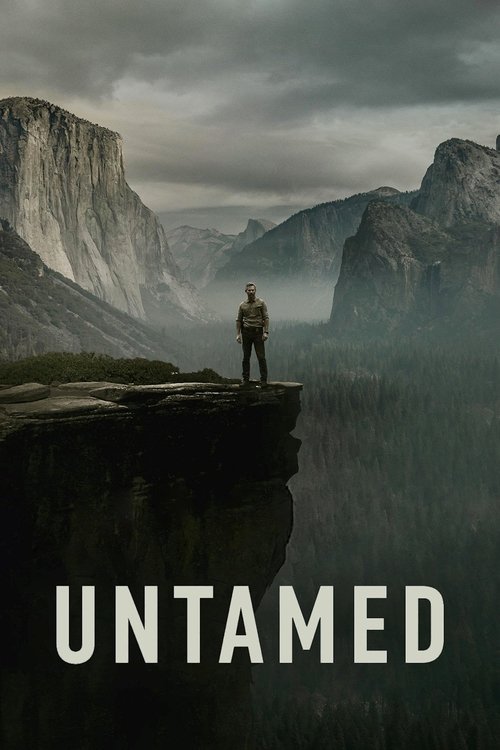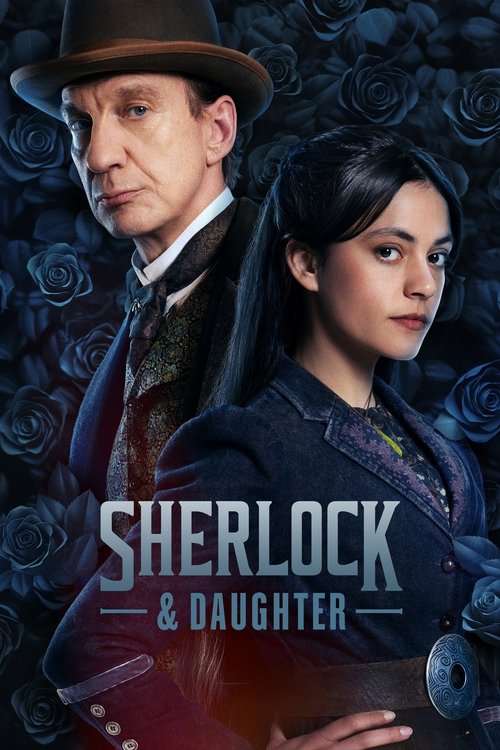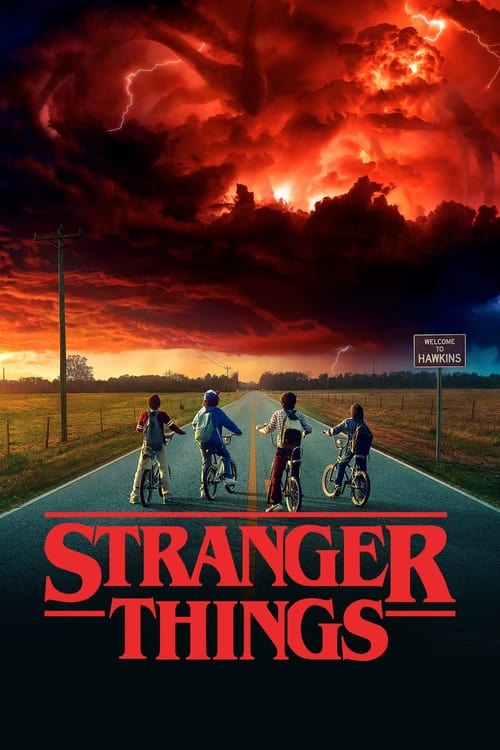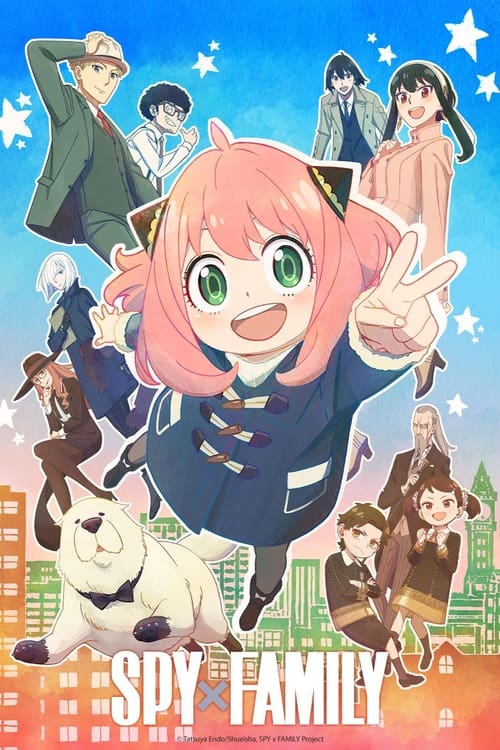
Ask Your Own Question
What is the plot?
The Stolen Girl begins with two young girls, Lucia and Josie, happily playing hide and seek at Rebecca's house. During the playdate, Rebecca asks Lucia about her father's profession as a lawyer and suggests Lucia take a nap on the sofa if she feels tired. Once Lucia falls asleep, a man arrives at the house and forcibly takes her away in his car.
Elisa, Lucia's mother, posts an appeal on social media with a photo she had taken of Rebecca's daughter during the playdate, seeking information about her daughter's whereabouts. Five days later, an envelope is delivered to the Blix household containing a ransom demand. Elisa wants to pay the ransom immediately, but the police advise caution.
Elisa then discovers that her husband Fred had secretly taken out a £200,000 loan against their home, which she was unaware of, complicating their financial situation. Meanwhile, Selma, a journalist assisting Elisa, pays a policeman £500 for information on the case. The policeman provides a doorbell camera image of the person who delivered the ransom note, but the face is obscured by a baseball cap.
Selma identifies the person as Rachel Lamont, a known serial con artist, and informs Elisa. However, Selma irritates Elisa by questioning why there is no digital trace of Elisa before her marriage to Fred. The police arrest Rachel Lamont, but this does not lead to immediate progress in the case.
Fred follows one of his clients, Stephen Bailey, who is a witness in an organized crime trial. Fred accuses Bailey of being involved in Lucia's kidnapping, but Bailey denies any involvement. The police find CCTV footage showing Lucia with the kidnapper at a petrol station in northern France.
Later, Lucia is shown arriving at a house with the kidnapper, where she reunites with Rebecca and her daughter Josie. Notably, Rebecca now has brunette hair instead of the blonde hair she had during the initial playdate. Rebecca welcomes Lucia, addressing her as Lulu-Rose, indicating a deeper connection and possibly a new identity for Lucia.
Elisa, with the help of Selma, tracks down Nina, the woman who took Lucia, in France. Elisa manages to get Lucia back safely. Upon returning to the UK, Elisa is arrested for her involvement in a car crash that killed Nicholas and Rose, as well as for perverting the course of justice. She is sentenced to six years in prison, with the court taking into account mitigating factors such as her father's abuse and the distress she was under at the time of the crash.
Before Elisa's imprisonment, she has a conversation with Fred, who now knows the full truth about George's parentage. Their future as a couple remains uncertain. Fred takes Lucia and George out, and they discuss returning to the same place once Elisa is released from prison.
Meanwhile, Nina has gone on the run with Josie in France and remains at large, with authorities still searching for her. The series ends with Elisa in prison, Fred caring for the children, and Nina evading capture in France.
What is the ending?
The ending of The Stolen Girl (2025) reveals that the kidnapped girl, Lucia, is taken to a new location in northern France by her kidnapper, where she reunites with Rebecca and her daughter. Rebecca, whose hair color has changed from blonde to brunette, greets Lucia warmly and calls her Lulu-Rose, suggesting a deeper connection and new identity for the girl.
Expanded narrative description of the ending, scene by scene:
The final scenes unfold starting with two young girls, Lucia and Rebecca's daughter, happily playing hide and seek at Rebecca's house. The camera captures their joyful innocence as they run around. Rebecca casually asks Lucia about her father's profession, trying to establish a friendly bond. When Lucia appears tired, Rebecca suggests she nap on the sofa. As Lucia dozes off, a tense moment develops when a man arrives quietly and puts her into his car without disturbance. The atmosphere shifts from warmth to chilling uncertainty.
The narrative cuts to Elisa, Lucia's mother, who posts a social media appeal with a photo of Rebecca's daughter taken at the playdate, desperate for any leads. Five days later, tension rises as a ransom note is slipped under the Blix family's door. Elisa immediately wants to pay, but the police urge caution. Elisa also uncovers financial secrets--her husband Fred had previously taken out a large loan against their home without her knowledge, adding strain to their already fragile family dynamic.
Selma, a determined reporter helping Elisa, pays a policeman for information, obtaining a doorbell cam image of the person delivering the ransom note. Although the face is obscured, Selma identifies her as Rachel Lamont, a known serial con artist. This discovery leads to Rachel's arrest. Meanwhile, Fred follows one of his clients, Stephen Bailey, from whom he demands answers regarding any connection to Lucia's kidnapping, but Bailey denies involvement. Police also find footage of Lucia and her kidnapper at a petrol station in northern France, confirming the girl has been moved far from home.
The series culminates in a pivotal scene: Lucia arrives at a house alongside her kidnapper and again meets Rebecca and her daughter. Notably, Rebecca's appearance has changed--her hair is now brunette instead of blonde, hinting at a new persona or life she is leading. Rebecca welcomes Lucia warmly, calling her Lulu-Rose, indicating that she has assumed a new identity and perhaps a new life in hiding. This closing scene leaves the viewer with a complex image of Rebecca not just as a kidnapper but as someone possibly reshaping the girl's future.
This ending scene emphasizes the transformation and complexity of Rebecca's character, blurring lines between victim and captor, and leaves unresolved questions about the girl's fate and identity. The story's tension between desperation, deception, and maternal bonds is starkly illustrated in these final moments.
Who dies?
Yes, several characters die in the 2025 TV series The Stolen Girl. Most notably:
-
Daniel Stanton, Elisa Blix's sexually abusive father, dies after Elisa pushes him down the stairs during a confrontation. This occurs when Elisa visits him in Eyton, where he was terminally ill with six months to live. Seeing her father standing dangerously close to her daughter Lucia, Elisa snaps and causes his fatal fall. This event is the catalyst for the subsequent abduction drama.
-
Following this, Elisa panics and drives Marcus (her boyfriend) and Lucia out of town, but she hits a parked car on the road, deepening the crisis.
-
Matkovic, presumably another antagonist, is killed by Rebecca (real name Nina) with a knitting needle during a fight after he tries to extort more money from her. Rebecca later disposes of his body in a disused well.
These deaths are pivotal to the plot's tension and the unfolding mystery surrounding the abduction of Lucia and the darker family secrets exposed throughout the series.
Is there a post-credit scene?
Yes, the TV show The Stolen Girl (2025) has a post-credit scene. After the main ending where Elisa is sentenced to six years in prison, the scene shows Fred taking George and Lucia to a mini golf place they had visited before. Lucia asks if they can come back when her mother is out of prison, and Fred agrees. The shot then pans to Elisa alone in her prison cell as the door slams shut, emphasizing her isolation.
There is no indication of an additional post-credit scene beyond this final moment after the credits. The scene serves as a somber closure to the story rather than a teaser or setup for future episodes.
Who is responsible for kidnapping Lucia in The Stolen Girl?
Lucia is kidnapped by Nina, who hires a people trafficker named Milan Matkovic to abduct her and take her out of the country. Nina's motive is connected to a tragic past involving her own family, specifically the death of her daughter Rosie, which is linked to Elisa's actions.
What is the relationship between Elisa and Nina in the story?
Elisa and Nina are connected through a complex and tragic history. Elisa was involved in a car crash that killed Nina's husband Nicholas and daughter Rose. Nina kidnaps Elisa's daughter Lucia as part of this intertwined past, seeking some form of retribution or resolution.
What motivates Nina to kidnap Lucia in The Stolen Girl?
Nina kidnaps Lucia because her own daughter Rosie was killed in a car crash caused indirectly by Elisa. Nina believes Elisa is responsible for her daughter's death and takes Lucia as an act of revenge and to protect her remaining child, Josie. This backstory unfolds as Elisa's past, including a tragic family history and a fatal car accident involving Nina's family, is revealed.
Who is Milan Matkovic and what role does he play in the story?
Milan Matkovic is a people trafficker hired by Nina to help abduct Lucia and get her out of the country. However, Milan betrays Nina by stealing money from her, leading to a violent confrontation in which Nina kills him with a sewing needle.
How does Elisa's family situation complicate the search for Lucia?
Elisa's family is under intense scrutiny by the police and public during the manhunt for Lucia. Elisa discovers a large undisclosed loan taken out by her husband Fred, and their perfect family image begins to unravel as long-buried secrets come to light. Fred is also involved in a complicated subplot involving a client connected to organized crime, adding further tension.
Is this family friendly?
The TV show The Stolen Girl (2025), a five-part psychological drama, is not primarily designed as family-friendly content. It centers on a tense and upsetting storyline involving the abduction of a 9-year-old girl during her first overnight playdate, which unfolds into a complex manhunt and exposes intense emotional and psychological themes.
Potentially objectionable or upsetting elements for children or sensitive viewers include:
- Child abduction and the emotional trauma surrounding a missing child scenario.
- The depiction of intense family distress and unraveling under pressure.
- Psychological tension and moral ambiguity, as the story explores reasons behind the abduction and challenges viewers' sympathies.
- Themes of public scrutiny, police investigation, and family secrets coming to light.
Given the serious subject matter involving child disappearance, psychological drama, and family crisis, the show likely contains scenes and narrative elements that could be distressing or upsetting to children and viewers sensitive to themes of child safety, family breakdown, and abduction. There is no indication that it features explicit violence or child abuse beyond the central abduction plot, but the nature of the story is inherently intense and suspenseful.
In summary, The Stolen Girl is not family-friendly in the sense of being suitable for young children. It is better suited for mature audiences due to its psychological thriller nature and sensitive subject matter. Parents should exercise caution and consider the emotional maturity of younger viewers before allowing them to watch.
Does the dog die?
There is no information in the search results about a dog dying in the TV show "The Stolen Girl" produced in 2025. Websites like "DoesTheDogDie.com" are typically used to answer these types of questions, but the search results do not provide a conclusive answer regarding this specific show.










